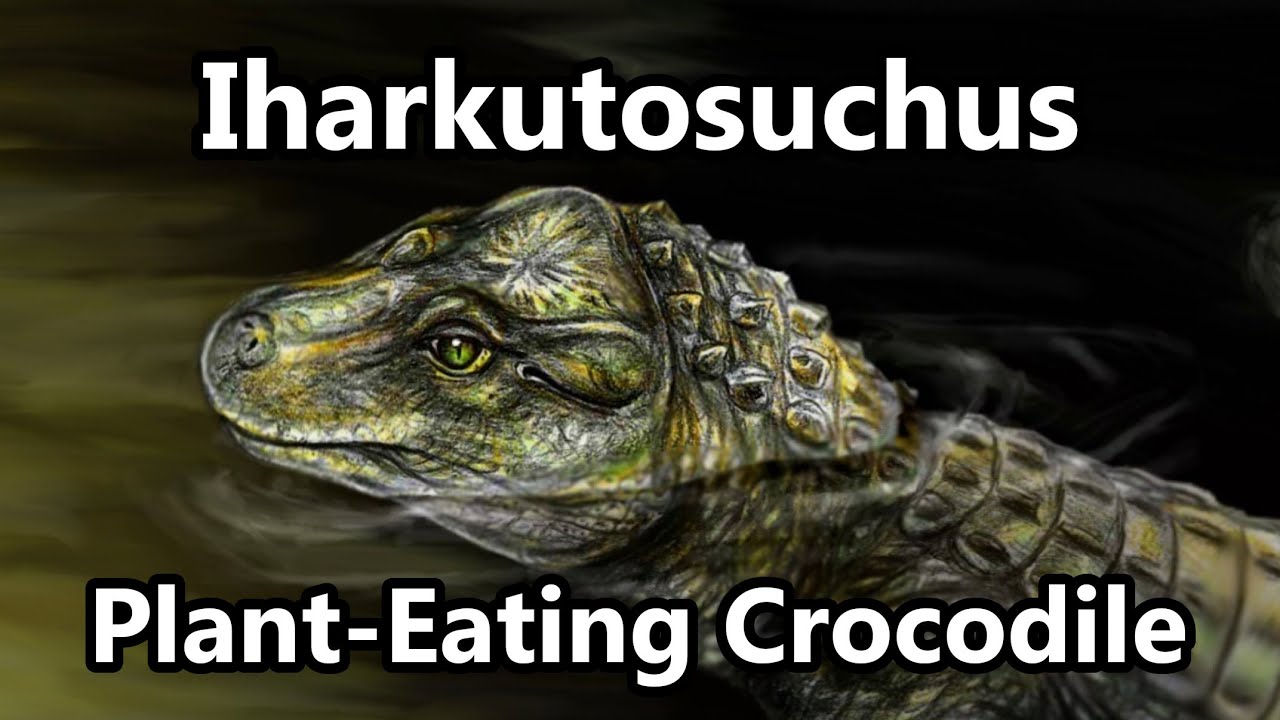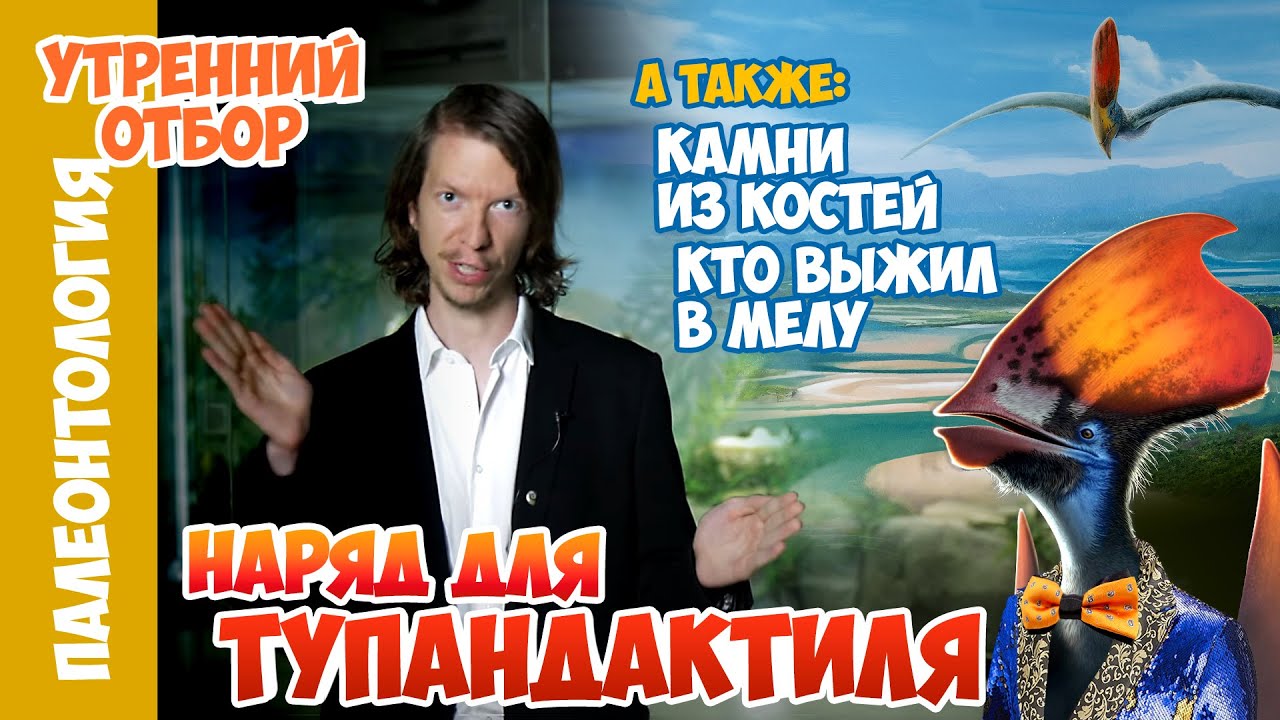Paleofauna

cross-posted from: https://lemmygrad.ml/post/4371377 > This lovely creature lived back in the Cambrian, feel free to say hi! > > Image: By Jose manuel canete - Own work, CC BY-SA 4.0, https://commons.wikimedia.org/w/index.php?curid=56523342
I tried to look it up but didn't find anything for now, basically, is there any giant prehistoric fox that's bigger than the current Red Fox? There is always a prehistoric bigger version of almost any creature so there must be.



Josephoartigasia monesi, the largest rodent known to science. Weighing more than a ton, it reached up to 1.5 *meters* in height. It dwelled in South America during Pliocene and Pleistocene. Art by James Gurney.

Today I bring you something peculiar. Meet *Tupilakosaurus*. It is an amphibian that dominated western Laurasia in early Triassic, as the biosphere struggled to recover after the Permian extinction. Tupilakosaurus was a small - just under a meter long - creature, with a long, powerful tail, short limbs and (apparently) external gills, like those of an axolotl. These fine animals lived in rivers without going ashore and hunted small fish or other amphibians. Tupilakosaurus is a curiosity due to its particular circular vertebrae (pictured below), which is uncommon for their kind of amphibians. Indeed, when first discovered they were originally believed to be fish, and later to be ancestors to Ichthyosaurs. 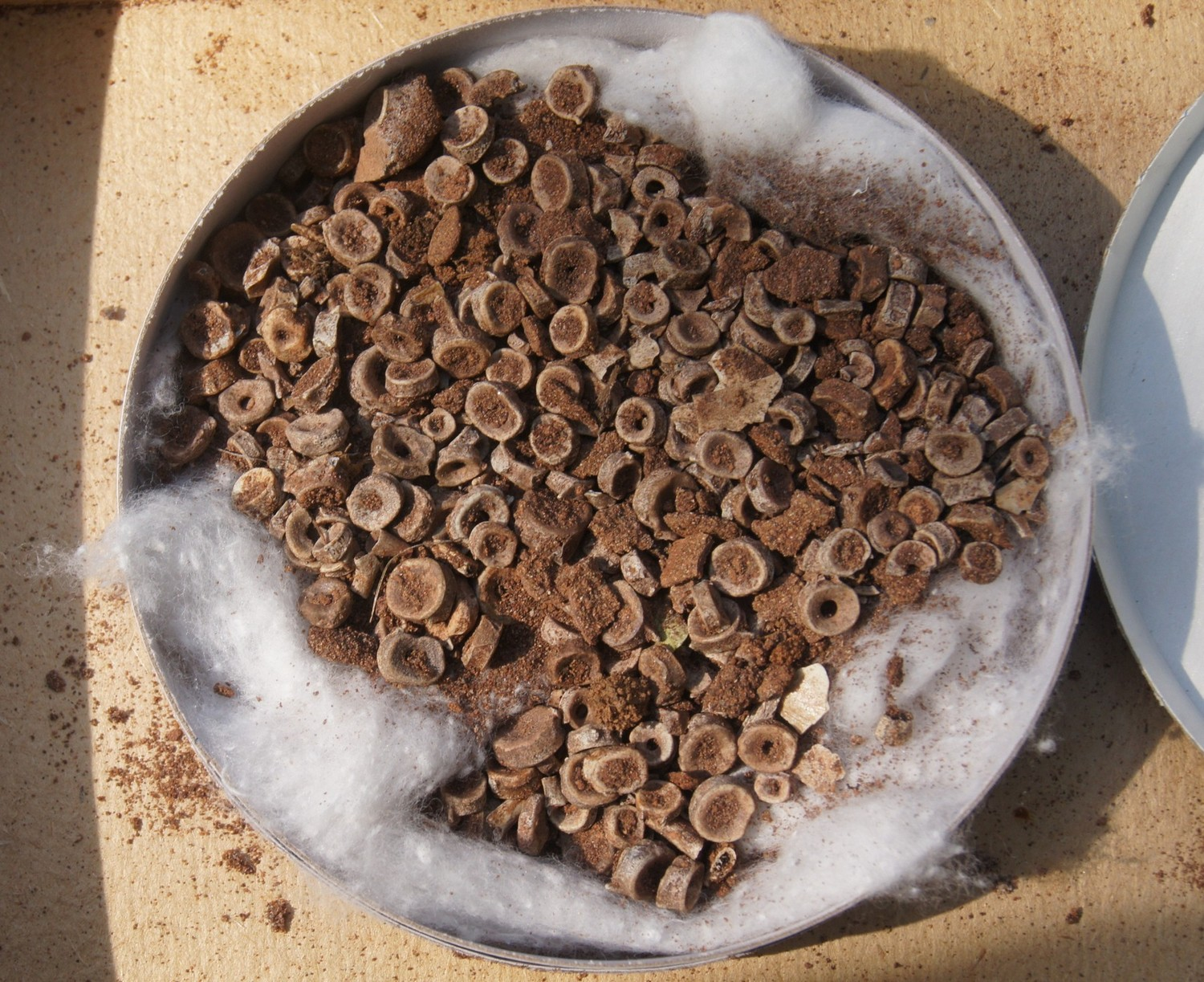 Despite their short existence, Tupilakosaurus had quite a sizeable habitat, ranging from modern day Greenland to western Russia, such as Vladimir oblast, Nizhny Novgorod region, and all the way to Arkhangelsk and Vyatka. It would take later amphibians millions of years to carve the same range.

Today I bring you *Benthosuchus* - a relative of the Wetlugasaurus from the other week. Another Temnospondyli amphibian, its name translates to "crocodile of the deep". It's skull was ~70 cm long with overall body length reaching 2.5 meters. As with many other amphibians of this order, its eyes were closer to the top of the skull, aiming them upwards. This indicates that the animal was an ambush predator, waiting patiently just underwater until it was ready to strike. The typical species, *Benthosaurus sushkini*, was logged by Ivan Efremov in 1929, with overall genus classified in 1936.

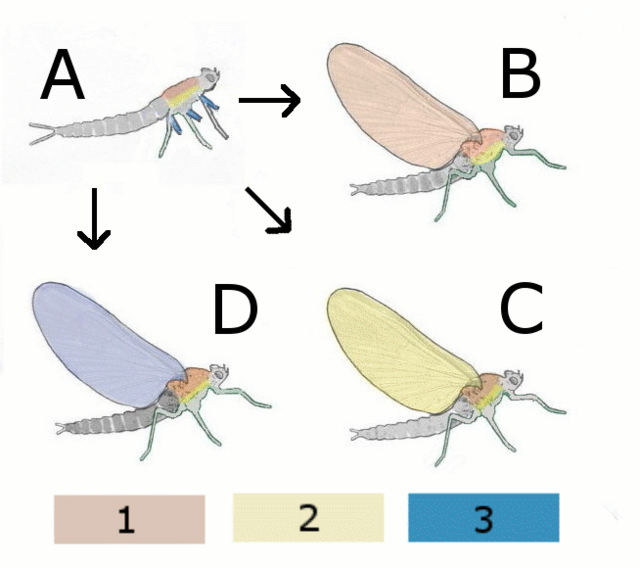 Rhyniognatha is an extinct genus of arthropod of disputed placement. It has been considered in some analyses as the oldest insect known, as well as possibly being a flying insect. Rhyniognatha is known from a partial head with preserved mouthparts from the Early Devonian aged Rhynie chert around 400 million years old, when Earth’s first terrestrial ecosystems were being formed. The type, and only species is R. hirsti, which was named and described in 1928. Other analyses have interpreted the specimen as a myriapod. Fossil:   Another possible reconstructions: 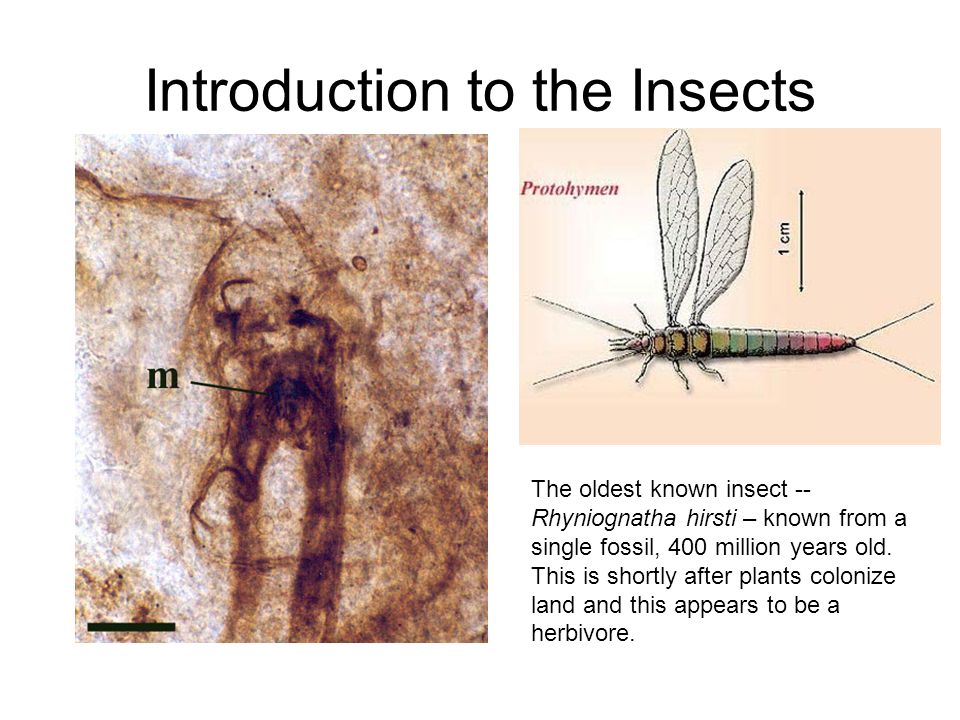 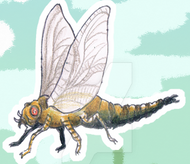 Possible centipede reconstruction, probably as larva, this is suggested, highly speculative interpretation of Rhyniognatha hirsti as a Crussolumlike centipede. Note that the depicted morphology refers to a fully grown adult, while the fossil itself was more likely an early immature. 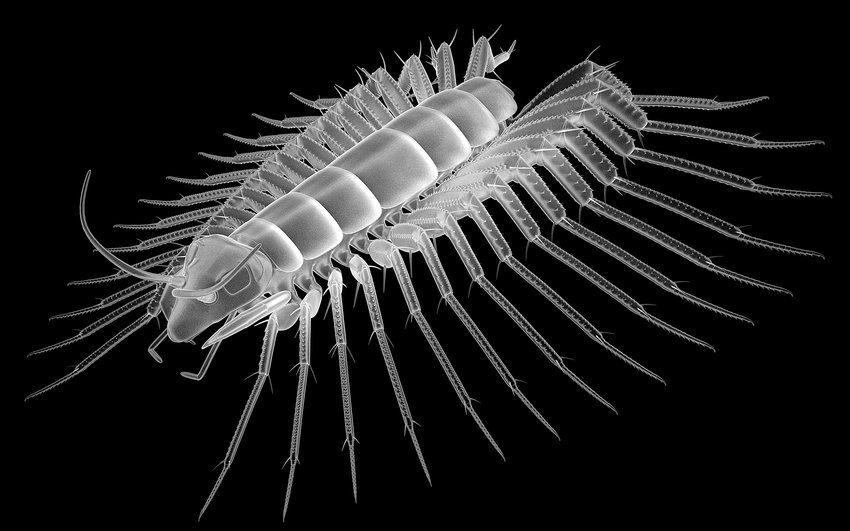 Head reconstruction:  Coming to ARK soon 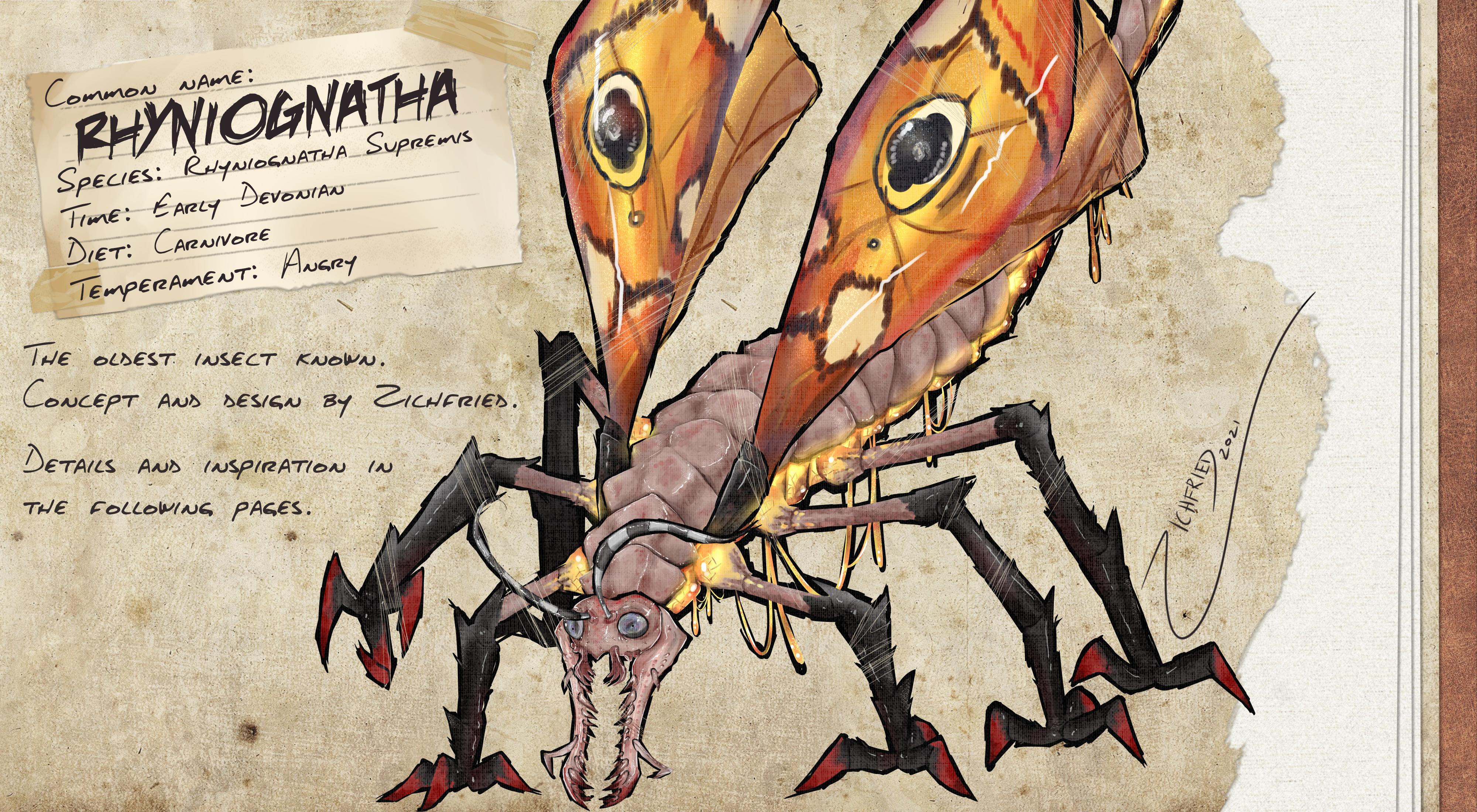

Recently there has been a study on Spinosaurus legs that shows that he couldn't support the weight he has on such short legs and that legs must have been 4 times bigger in order for him to function properly. So the small legs were probably from totally different species mixed with Spino skeleton or a juvenile. Finally he is back to normal.

Thus I bring you **Vetlugasaurus**. Despite the *-saurus* in the name, it is in fact an Amphibian of the Temnospondyli order, which lived in what is now Russia and Greenland during the early Triassic period. Originally discovered and categorized in 1920-s, it is named after river Vetluga - on the shores of which the first fossil was found. The skull measures ~22 cm, with overall body length ranging from 75 cm to 3 meters. In 2018, a full skull was found. 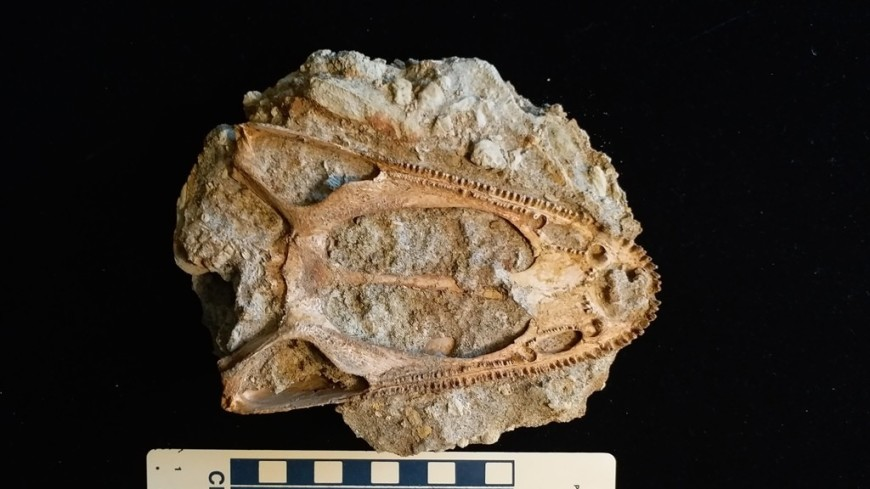

Bonus: artistic rendition of its looks 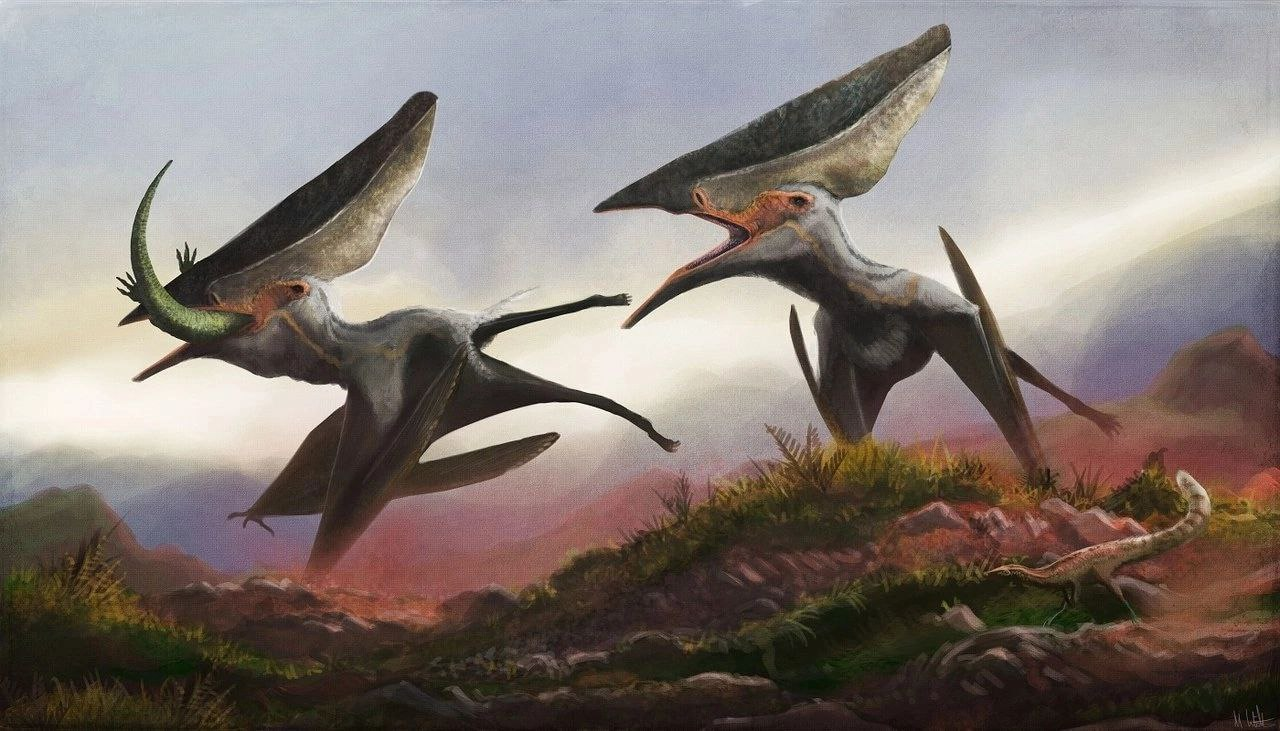

T-Rex ain't fat, he's just fit.

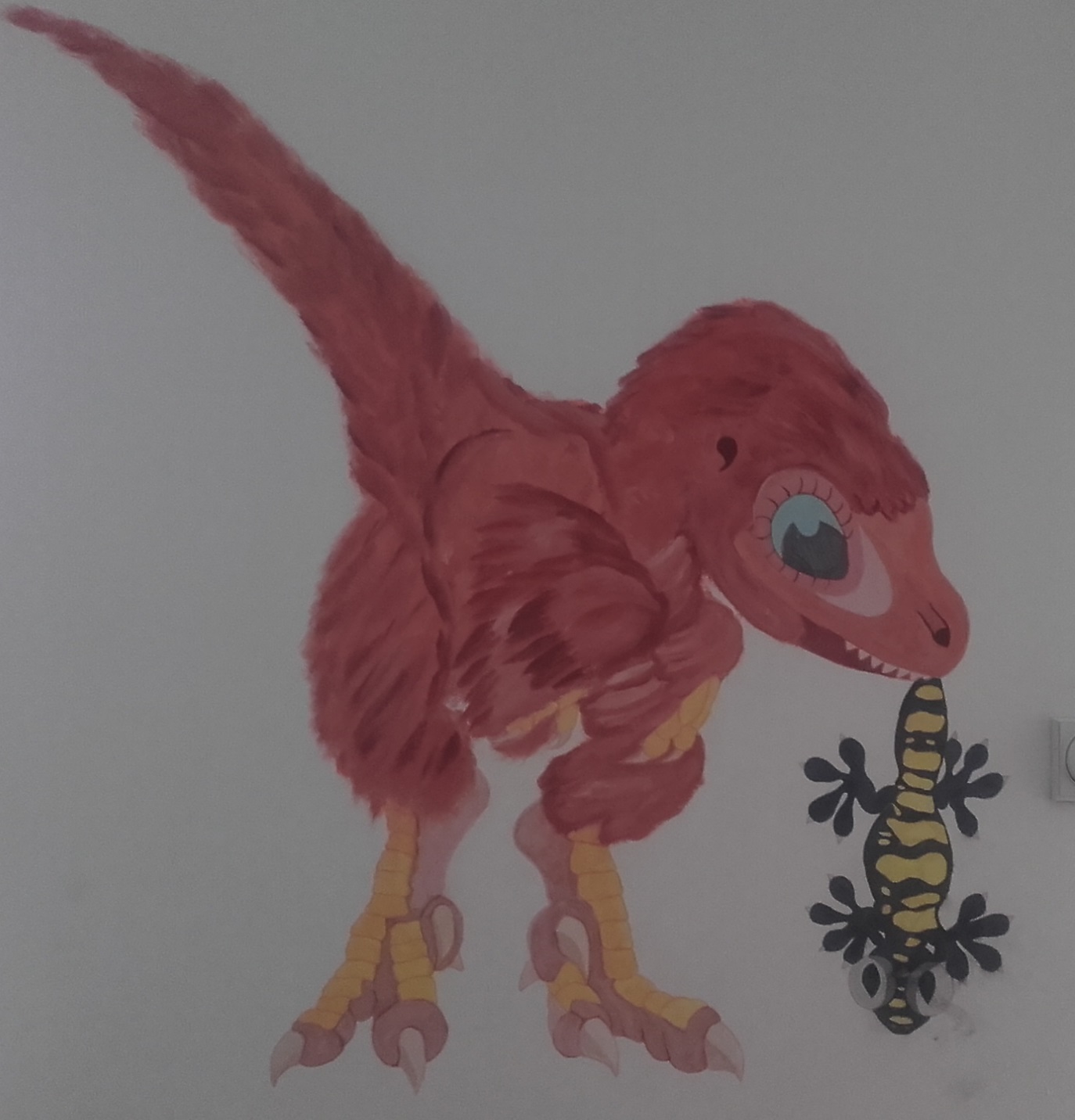

The gorgonopsid was named after the river Vyatka in the Kirov oblast, near which it's been found. Kirov, of course, has been named after Sergey Kirov. 

  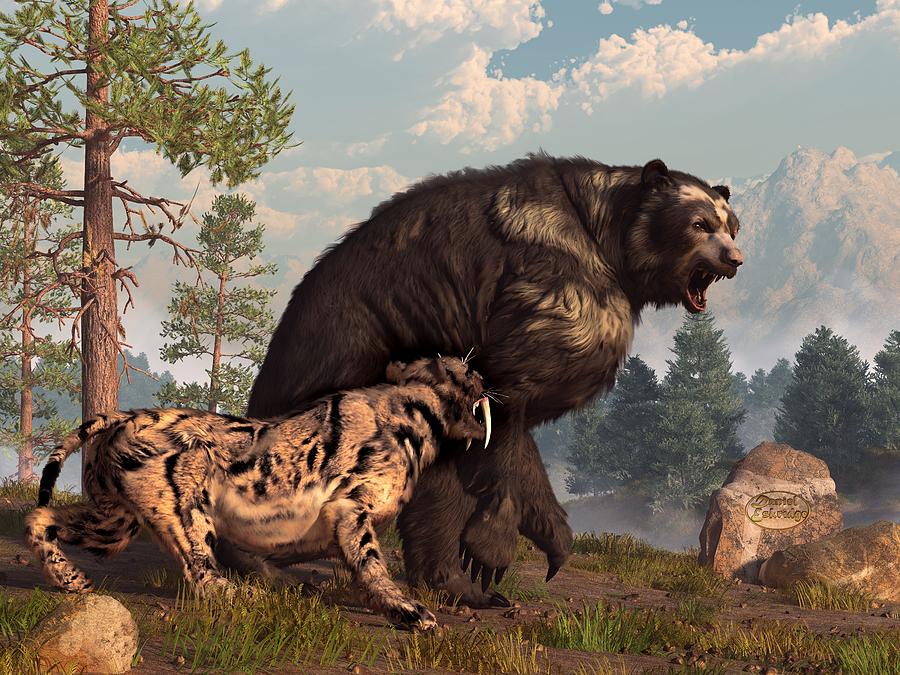

Have this beautiful dromeosaurus I found on r/Sino
 youtu.be
youtu.be
Analysis of the bone structure of Multituberculata demonstrates that they gave birth to relatively large babies, with a fairly short period of milk feeding - similair to modern day rodents. This is in contrast to Marsupials, who birth tiny babies and milk feed them for quite a long time.

 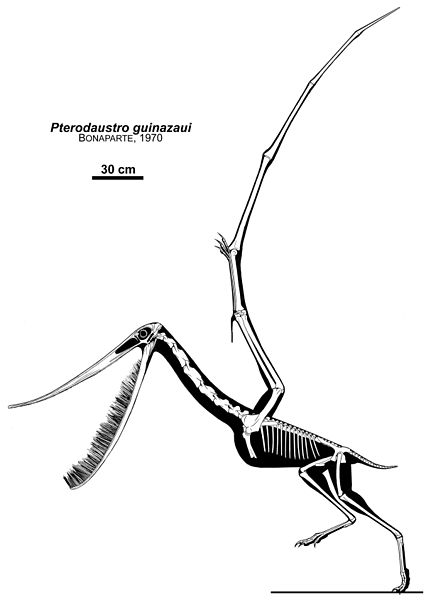 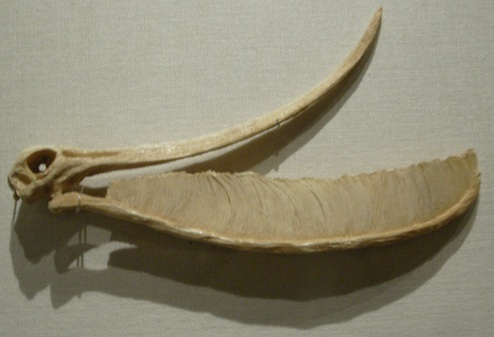 [Pterodaustro](https://wikiless.org/wiki/Pterodaustro) was a genus of pterosaurs that is believed to have filter-fed with a "tooth comb". Like flamingos (who also filter-feed), the Pterodaustro's proposed color would be caused by its diet, which likely consisted mainly of crustaceans and other small creatures Because of its tiny focken legs, it might've had some difficulty flying, unlike other pterosaurs

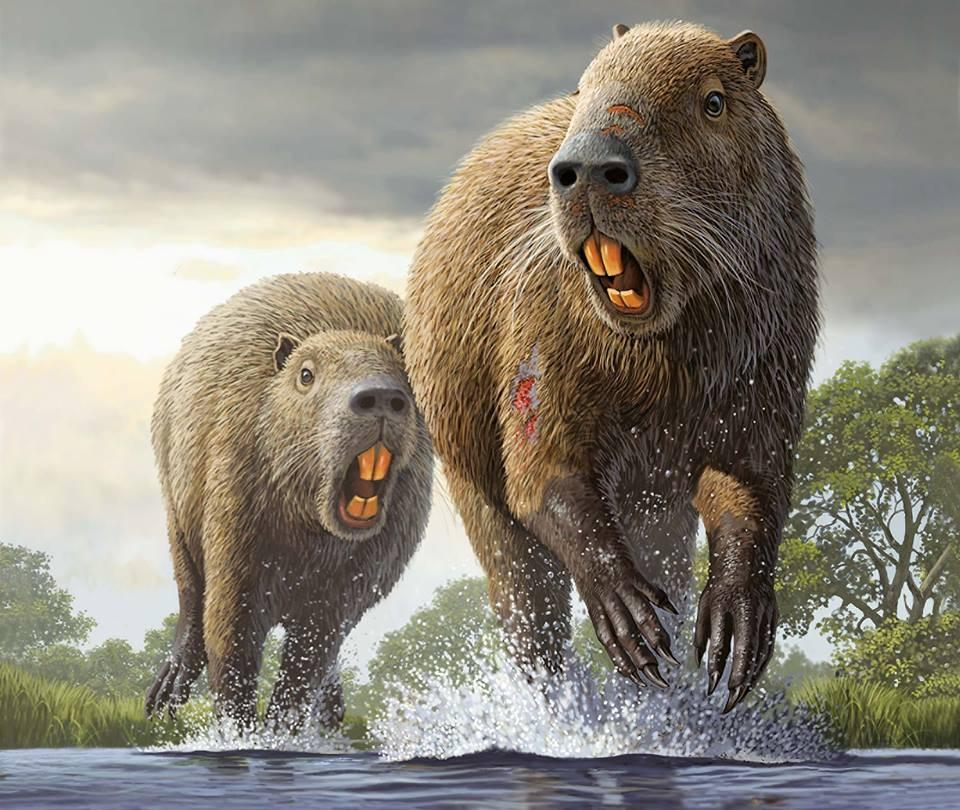 despite the recreation's similarity to the greatest extant rodent, the closest living relative of this genus ([Josepho~~stalinia~~artigasia](https://en.wikipedia.org/wiki/Josephoartigasia)) is the [pacarana](https://en.wikipedia.org/wiki/Pacarana) approximately 500kg and 2.6m long here is a possibly inaccurate depiction next to some guy and my cousin 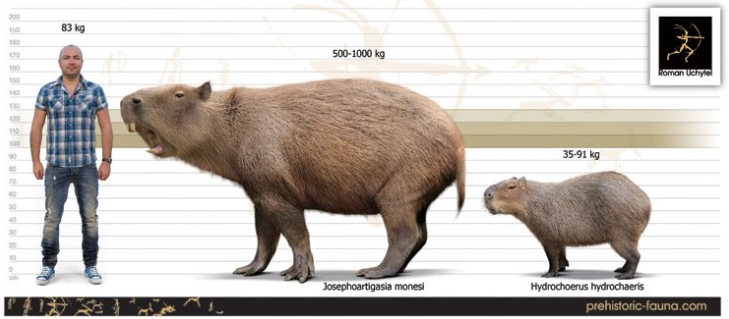
Paleofauna
!paleofauna@lemmygrad.mlThis is a community for all things Paleo. Scientific articles, discussion or just pictures of neat creatures from Earth's past.






